History of Osakaya
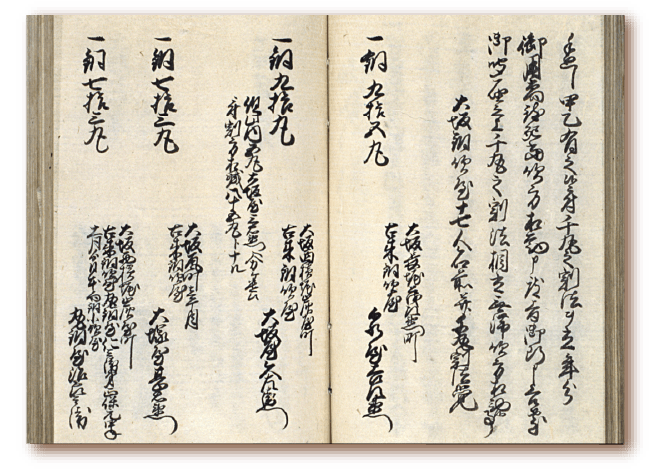
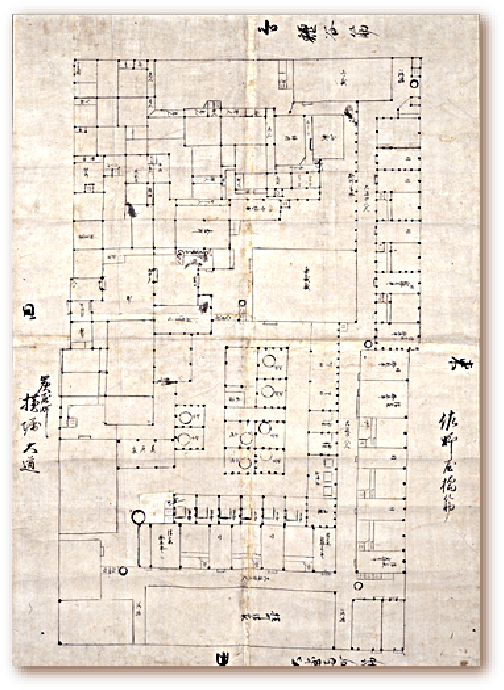
16th century -- Warring Period
Ⅰ Kuzaemon, who founded Osakaya, was born in 1576 which was during the warring period, in Settsukoku Nishinarigun, currently known as Higashiyodogawaku, Osaka. He started the business around 1596, and in the startup period, he financially grew through copper mine development in the Chugoku district, by working together with his relative, Bigo Fukuyama Osakaya. Ⅰ Kuzaemon had maintained close connections with Satake, the daimyo of Akita domain for many years, and in 1602, at the request of Ushimaru, a vassal of Satake, Ⅰ Kuzaemon took up copper development in the Tohoku district. Akita Ani dozan(copper mine), which was located in present Kitaakita-shi, Akita, enjoyed the nation’s No.1 position in copper output in later years, under the Osakaya management. In the peak time, their yearly output was 3.6 million kin, which was equal to rice of 700,000 koku in its value. In 1603, when Tokugawa Ieyasu opened the Edo Government, Ⅰ Kuzaemon relocated his residence to Osaka Kitasumiyacho, now known as Osakashi Chuoku Nishishinsaibashi. Later, he became the first owner of Osakaya, a wealthy merchant which was engaged in various businesses, such as copper management, copper smelting and overseas trade. In the 17th century, Japan topped the world copper production, and Sumitomo and Osakaya enjoyed No.1 and No.2 positions worldwide.
 Upper left image : Dobuki yuraisho(book which describes the background of copper smelting industry) [ details ]
Upper left image : Dobuki yuraisho(book which describes the background of copper smelting industry) [ details ]Names of traditional copper smelters, such as Izumiya(Sumitomo’s previous name)Kichiemon and Osakaya Kuzaemon, were provided.
 Lower left image : Osakaya Sumiyacho Zumen(the drawing of Osakaya’s residence in Sumiyacho) [ details ]
Lower left image : Osakaya Sumiyacho Zumen(the drawing of Osakaya’s residence in Sumiyacho) [ details ]Drawing of Osakaya Kuzaemon’s main residence. The property was 80 meters long(40 kan) in north and south, and 51 meters long(25.5 kan) in east and west.
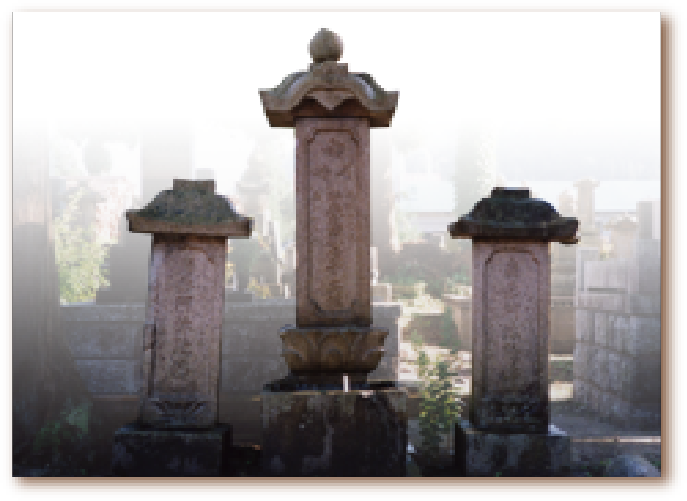
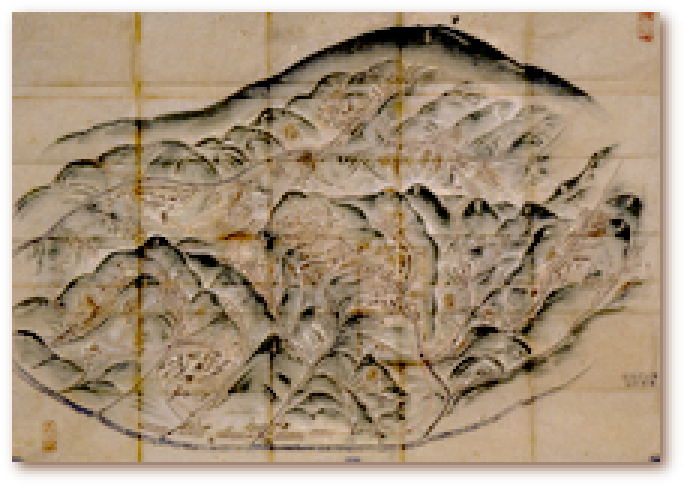
17th century -- Early Edo Period
Osakaya entered the overseas trade market in the early 17th century. They mined copper nationwide, and sent the copper ores to their Osaka tenant for smelting works. They also sold local copper ores through their Edo tenant. Furthermore, they exported the copper ores to Europe, Southeast Asia, Middle East through their Nagasaki tenant, and in return, imported medical seeds from overseas. At that time, in trade with other countries, most of Japan’ purchase was offset by export of copper. Osakaya, which had a tight grasp of all their businesses, such as copper mine management, copper smelting, distribution and export, gained a huge profit. In 1678, the government issued a “do-boeki-kabu” or copper-sale-permit for Osakaya, and they joined “jurokunin kabunakama”(a group of 16 permit holders). Consequently, Osakaya became a government-authorized merchant and gained the No.2 position after Sumitomo in copper industry. Osakaya dispatched their “tedai”(directors) across the nation to search for mines, and in 1667, Hikobee, one of the tedai, found a copper mine in Sanmaisan of Akita Ani. With their high skills and financial background, Osakaya made a great contribution to the management of Akita domain by restoring their copper mine management business as well as loaning 40,000 ryo for the purchase of their Edo property.
 Upper left image : Gravestone of Hikobee, tedai(director) of Osakaya
Upper left image : Gravestone of Hikobee, tedai(director) of Osakaya(cultural asset of Akitashi Ani-machi) Built at Sennenji temple in Mt.Isshinyama in 1689. Hikobee was credited for development of Ani copper mine. Red granite, which was exclusively available in Kyoto/Osaka, was used for his gravestone. It was engraved in Osaka, and then brought from Tsuruga to Akita by “kitamaesen”(big ship).
 Lower left image : Picture of Akita Ani dozan(copper mine)
Lower left image : Picture of Akita Ani dozan(copper mine)Although copper mines in Akita had previously been managed by various merchants, such as Sumitomo, Konoike, Kitaguniya, along with Osakaya, in 1697, Osakaya was provided with the exclusive rights to manage all 11 copper mines in Ani.
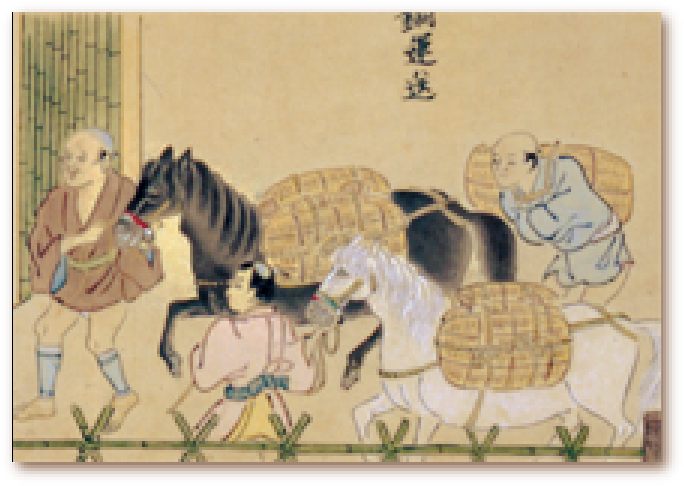
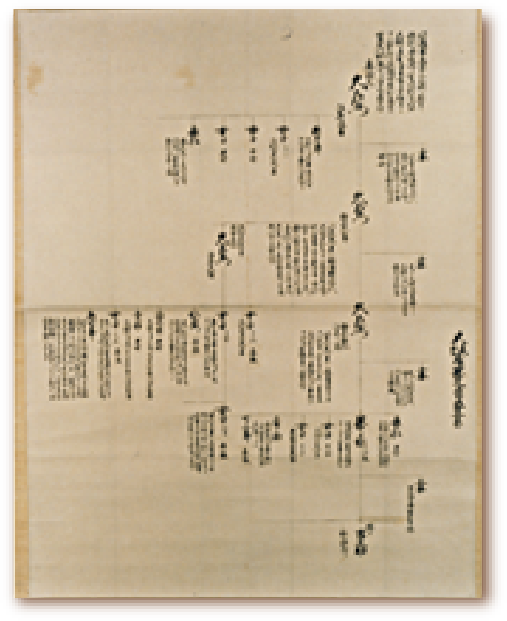
18th century -- Mid-Edo Period
In 1701, Osakaya, along with Sumitomo, visited Edo and submitted to “kanjobugyo”(commissioner of finance) Ogiwara Ominokami Shigehide, a list of opinions, consisting of 50 some clauses, as to copper mine management. Due to an overall economy decline, Osakaya went through a business reform in 1719, to tighten disciplines of their employees. In 1738, Osakaya helped Akita domain with their smelting business, but they were not able to receive profits, so they ended up with posting a loss of 20,000 ryo in 1745. Copper contains a small amount of silver, and the method to extract silver by means of lead was called “nanbanbuki”, which was then “state-of-the-art” technique in the world. Although use of “nanbanbuki” was controlled by the government, Akita domain tried to extract silver by this method secretly, by inviting Hiraga Gennai as an advisor, but didn’t succeed. Consequently, in 1774, they asked Osakaya to extend their technical assistance in this field. Osakaya dispatched their technicians to Akita and opened a place to extract silver in Kagoyama, currently known as Futatsuicho, Noshiro-shi, Akita, and this business turned out to be a success. This played a significant role for the financial growth of both Akita domain and Osakaya.
 Upper left image : Dobuki yurai chusenjo Emaki [ details ]
Upper left image : Dobuki yurai chusenjo Emaki [ details ]Picture which depicts the working process of minting a coin from copper. It consists of 25 scenes, from copper transportation to minting house, and vivid colors were used to express these scenes lively.
 Lower left image : Osakaya family tree
Lower left image : Osakaya family treeThis family tree shows the relationship from the founder Kuzaemon till the fourth owner Ⅳ Jinnojoh Seiin. Produced in 1719.
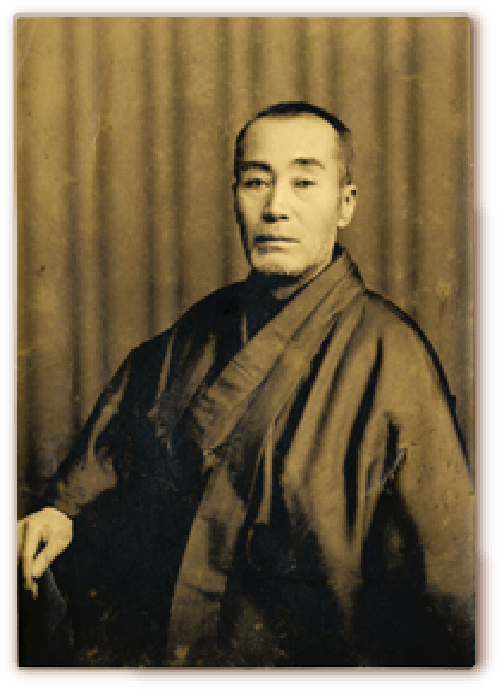
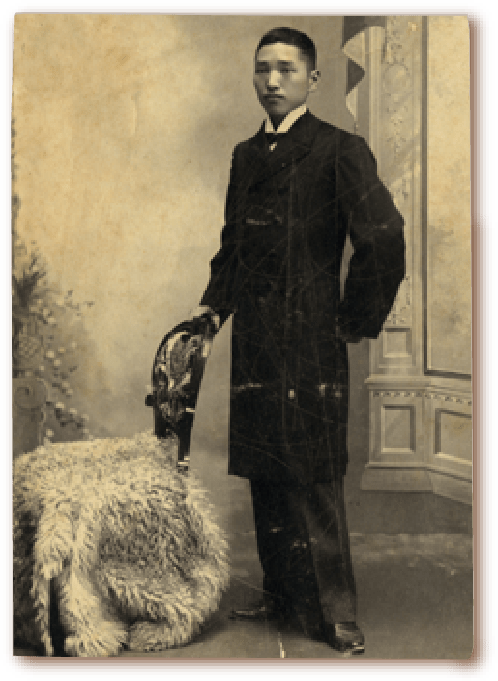
19th century -- End of Edo Government
Ani dozan(copper mine) business, whose management was shifted from Osakaya to Akita domain, was declining, and coming to a deadend, Akita domain once again asked Osakaya to take up their copper mine management. In 1804, Osakaya dispatched their “tedai”(director) and resumed the management of Ani dozan(copper mine). In return, Aki domain generously offered the tedai a post as upper class samurai and the salary of 50 buchi. In the late Edo period, the amount of nationwide copper mine deposit was reduced considerably, and also, due to the need to dig deeper, business efficiency went down in mine industry. In addition, towards the end of the Edo period,the government started to lose control and economy stagnated. Consequently, in 1678, dobukisho or jurokunin kabunakama (16 merchants who were authorized to smelt copper) was decreased to 6, besides Sumitomo and Osakaya. Owners of Osakaya were traditionally appointed by the government, as “gindofukiyagoyo”(merchanto who was allowed by the government to smelt silver and copper), “kinginfukiwakegoyo” (merchanto who was allowed by the government to extract gold and silver from copper), “kaisentoshiyoriyaku”(shipping councilor for the government), “Akitahan ondo shihiyaku” (copper industry advisor for Akita domain),“dofukiyakumigashira” (representative of copper smelting industry) in Edo, Kyoto and Osaka, among others. In 1868, when Tokugawa Government ended, Osakaya withdrew from all their businesses. Osakaya’s family line reaches Kannami Tatsuo, 14th in succession from the founder Kuzaemon.
 Upper left image : Osakaya Yuzaburo Kenshin(1818-1872)
Upper left image : Osakaya Yuzaburo Kenshin(1818-1872)Born in 1818 as the third son of Ⅷ Kuzaemon Kensyo and younger brother of Ⅸ Komataro Seiken.
 Lower left image : Kannami Kotaro(1873-1942)
Lower left image : Kannami Kotaro(1873-1942)Born in 1873. Graduated from Kitano High School. Entered Kyoto Teikoku University(now called Kyoto University) and later studied in the US. grandfather of Tatsuo Kannami.